The history of cannabis USA (part 1) or how marijuana became illegal
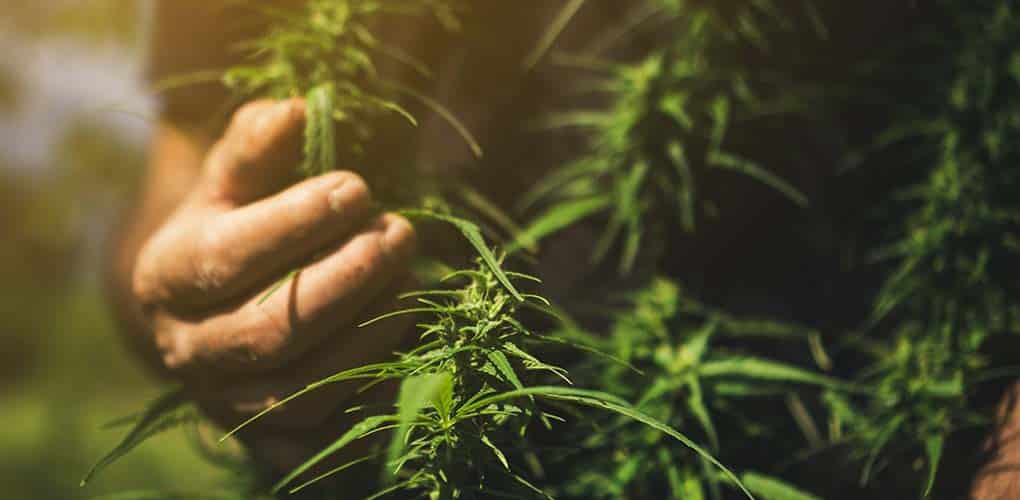
Hemp has provided humans with medicine, cloth for clothing, fiber for paper, seeds for food, oil for lamps, and much, much more for millennia. But everything changed in the early 20th century, when hemp was suddenly labelled as a drug of aggression and violence. Even if you thought these laws were meant to protect people from excessive use of cannabis, which is high in THC (the psychoactive ingredient), that wasn’t entirely the case. Indeed, it had nothing to do with that at all. But it may not surprise you to hear me say that it was about money.
Jail for not cultivating cannabis
As late as 1619, in several American states it was still compulsory by law to grow hemp and even threatened with imprisonment for not growing it in times of scarcity. One of the first paper mills to process hemp was established in Pennsylvania by entrepreneur Benjamin Franklin. And while today we struggle with massive deforestation for paper, as early as 1916 a report was published in America on hemp as an excellent material for papermaking. Based on a 20-year study, they said that we can make as much paper from 10 000 acres of hemp as we can from 40 500 acres of trees. In 1937, hemp was described as ‘the new billion-dollar crop’ and the hemp industry was growing rapidly. A newspaper article in February 1938 introduced a new machine to help farmers speed up the process of obtaining hemp fibre.
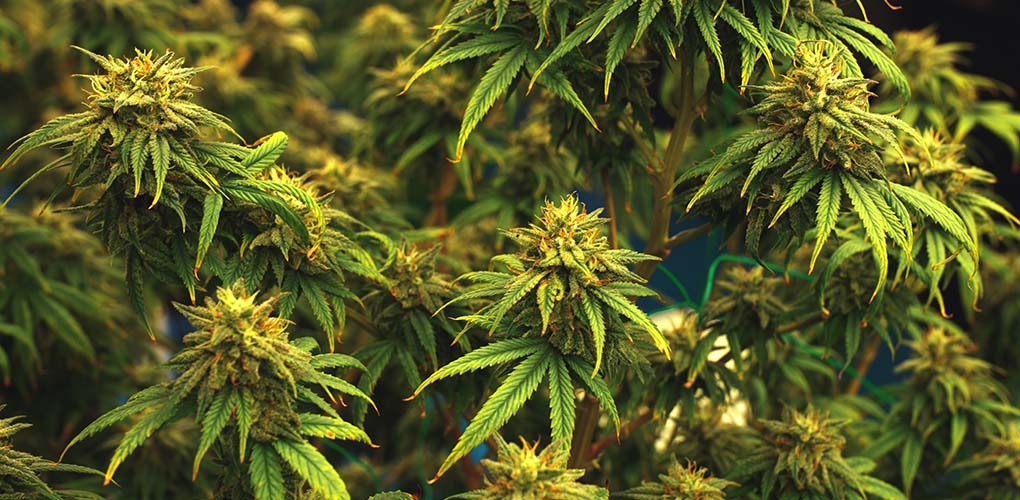
A rich journalist and where the word “marijuana” came from
Newspaper magnate William Randolph Hearst not only controlled much of the newspaper coverage in America at the time, but also owned paper mills and several acres of forest. However, with the growing hemp industry, his lumber and paper business was on the verge of bankruptcy. But at a time when news was not yet spread by the internet, only by newspapers, Hearst had a great deal of power over public perception and opinion, and he used it. It was his newspapers that began using the Mexican slang for cannabis – “marijuana” – and brought it into American culture – unfortunately with a negative stigma. Decades before, his newspaper had published stories about “lazy Mexicans who would have no problem raping white women while under the influence of marijuana.” Thus, based on his articles, Americans came to see marijuana as dangerous, driving its users to murder and madness. Hearst was joined by H. J. Anslinger, a member of the federal Bureau of Narcotics and Dangerous Drugs, and A. Mellon, one of America’s richest bankers.
Marijuana tax
In 1937, the Marihuana Tax Act came into force. Although, in theory, this law did not prohibit marijuana, the taxes made it impossible to grow, manufacture, and sell its products. While farmers can legally grow cannabis, it must be free of leaves and flowers. Despite 2 major studies at the time (POZRI: A History of Cannabis in the U.S.: Part 2), which both labeled marijuana as unproblematic and recommended no penalties for its use, Anslinger deliberately did not use them in court on the bill. Instead, he reported facts such as “marijuana is the most dangerous drug in the history of mankind,” “marijuana is an addictive drug that drives its users into a state of insanity, criminality, and leads to death.” Moreover, he noted that of the 100,000 marijuana users in America, most are Hispanic, Filipino, or black, or are entertainers by profession, and “…their satanic music, jazz, and swing is the result of marijuana use.”
Cannabis, hemp and marijuana
Since a good basis and evidence for these claims was given to him by Hearst’s newspaper, the judges didn’t bother to verify these “facts”. Moreover, no one on the board realized that the “most dangerous drug – marijuana” was also “cannabis” and “hemp,” which were still well known for their broad-spectrum uses. “Marijuana,” however, was familiar to everyone from Hearst’s lurid newspaper headlines. Just days before the Marijuana Tax Act was passed, Dr. W.C. Woodward realized it was cannabis – one of the most potent and widely used drugs in America – and voiced his disapproval. But this was quickly dismissed by disgruntled council members who didn’t understand what cannabis potential the doctor was talking about. R. Lozier, a member of the General Council of the National Oilseed Institute, also spoke up. In fact, hemp seeds were used to produce high-quality machine lubricants. Lozier pointed to the Orient, where hemp seeds and their oil have been used for thousands of years by a population of 200 million, and Russia, where they are part of the diet and there has never been any reported negative experience of cannabis being used as a drug. However, the gentlemen were apparently not as influential as their colleagues, and the Marijuana Tax Act was passed.
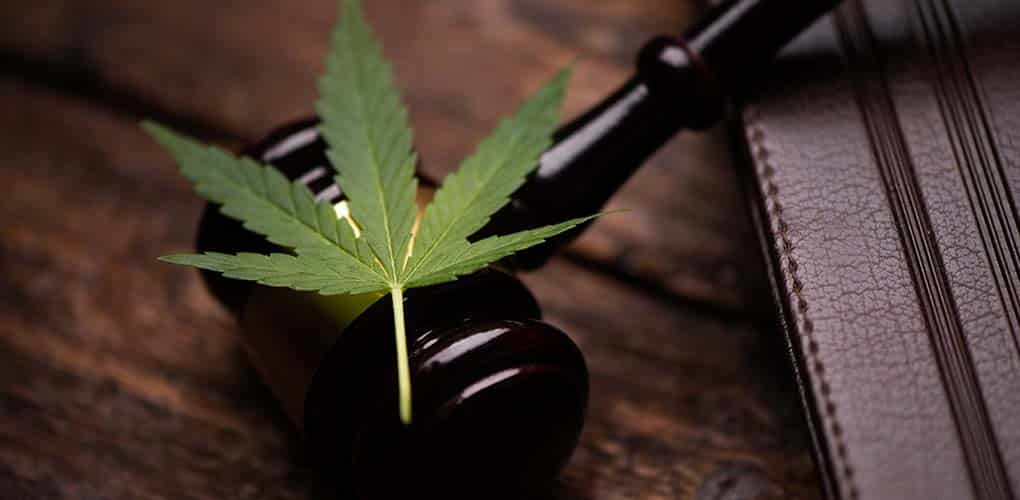
Aslinger’s short but golden times
It was in 1937 that synthetic fibres (e.g. nylon) began to be produced in large quantities, paper began to be made from wood and plastic from kerosene. All this could be supplied by DuPont, owned by Aslinger, without any competition on the market. Shortly afterwards, however, the Second World War began and Japan shut down the supply of hemp to the USA. Suddenly, the US tax law on hemp changed to ensure they had enough material. In 1943, all American farmers were invited to watch the film “Hemp for Victory” and were ordered to start growing hemp again.
How is it today?
While Germany legalized technical cannabis in 1995, America remained the last industrialized nation to not legalize technical cannabis until 2018. The 2018 Farm Bill legalized cannabis in America, but with several restrictions. Hemp is defined in the legislation as a cannabis plant with less than 0.3% THC. The law allows for the transfer of cannabis products across state lines and does not impose restrictions on the possession and use of cannabis and its products as long as they are produced in accordance with the law. However, hemp may not contain more than 0.3% THC, and each U.S. state may impose its own regulations on the cultivation, sale, and use of hemp products. While the law has legalized the cultivation of cannabis, it has not legalized it to the point where any citizen anywhere can grow it, they need a license to do so.
Confusion with CBD
CBD itself is not legalised and remains a scheduled Schedule I* substance. However, CBD (cannabidiol) derived from hemp grown in accordance with the law is legal. The exception remains CBD used in the pharmaceutical industry for the approved drug Epidiolex. While it is legal to use cannabis (with a prescription) in some American states, under federal law, it is still illegal.
* substances under the highest control that have no safe medical use and have a high risk of abuse or misuse
Sources:
- Alan Archuleta (2012). The Gospel of Hemp. How hemp can save our world. eISBN: 9781623093341
- https://www.brookings.edu/blog/fixgov/2018/12/14/the-farm-bill-hemp-and-cbd-explainer/
CBD oils:
-
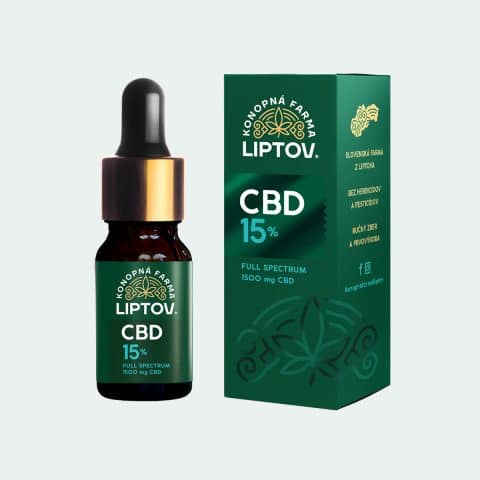 CBD oil 15% full spectrum63,68 €
CBD oil 15% full spectrum63,68 €64,00 € -
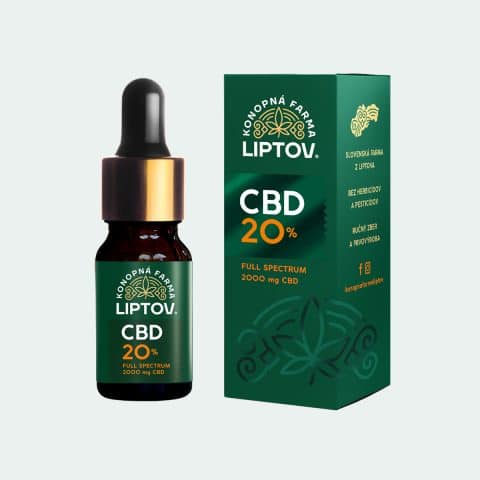 CBD oil 20 % full spectrum – premium75,62 €
CBD oil 20 % full spectrum – premium75,62 €76,00 € -
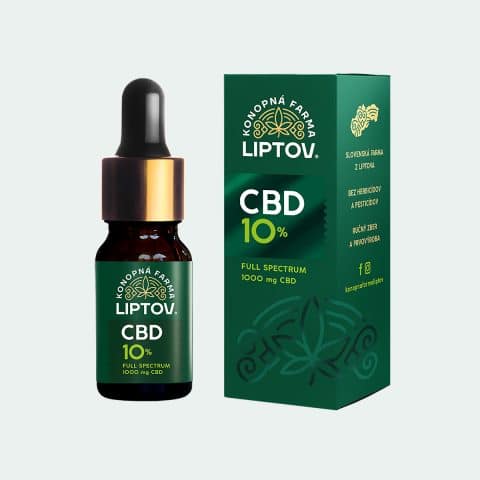 CBD oil 10 % full spectrum – premium45,77 €
CBD oil 10 % full spectrum – premium45,77 €46,00 €

